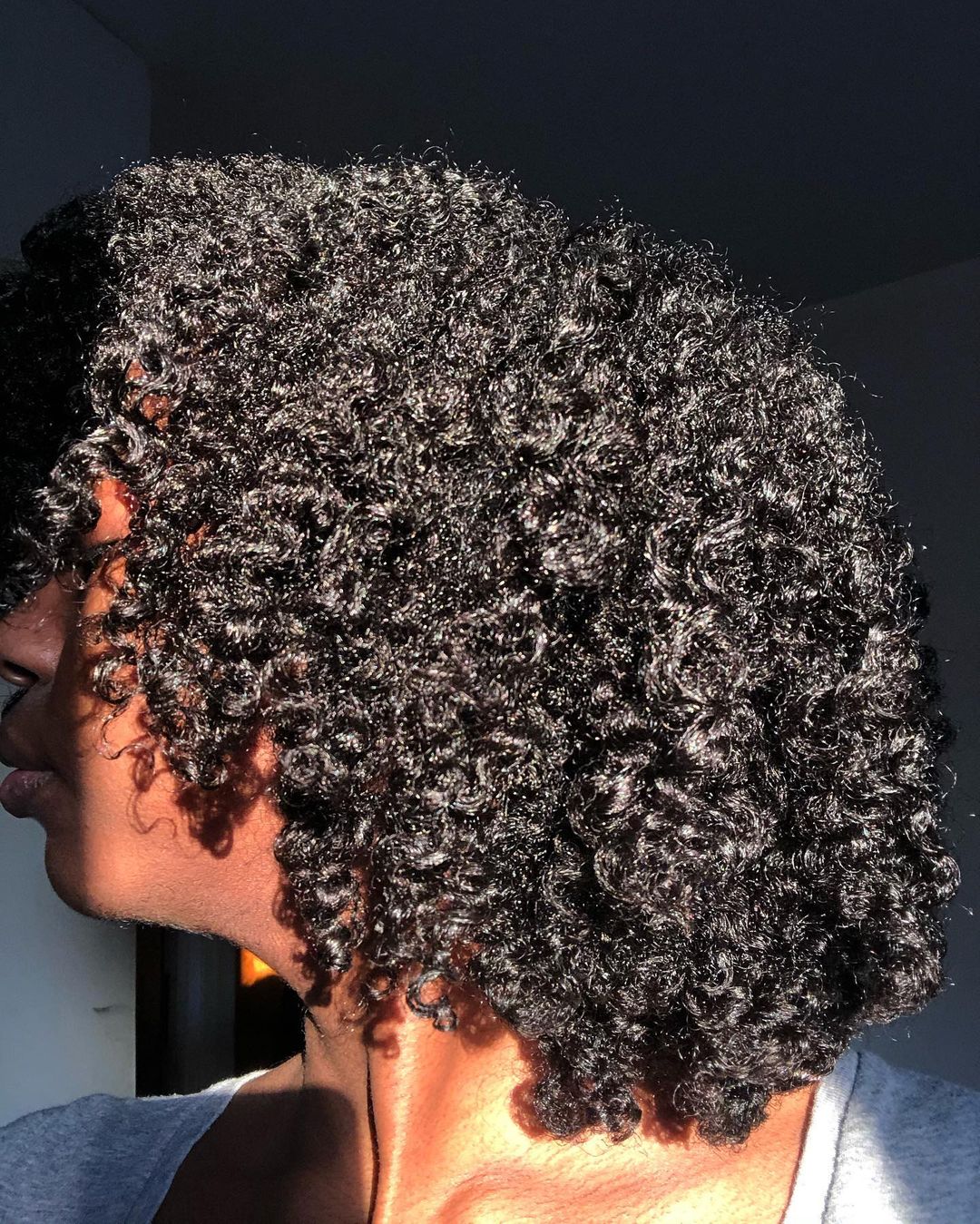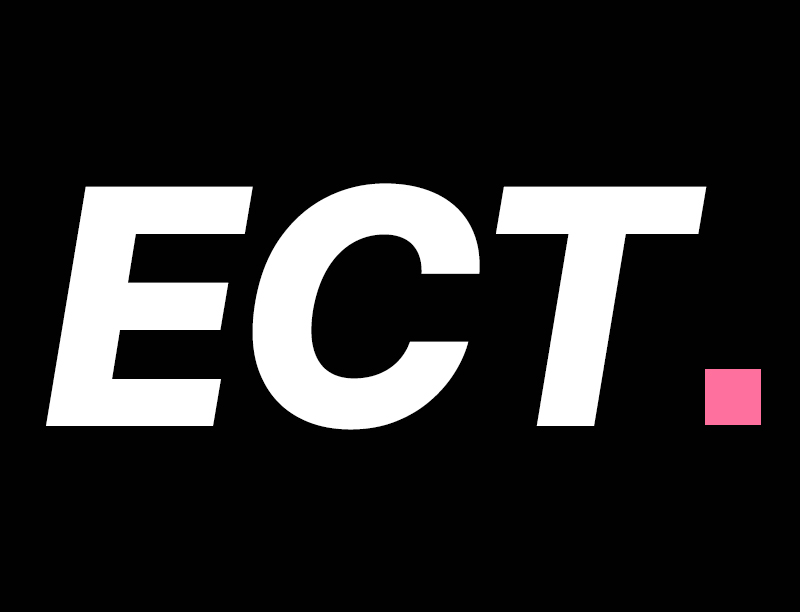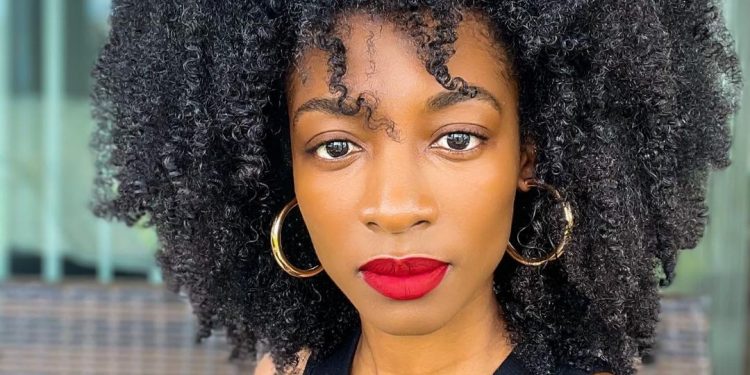I can almost guarantee that even if you’ve never heard the term “protein-moisture balance”, you are most likely still familiar with the concept. In simple terms, a protein-moisture balance is when you have an adequate amount of both moisture and protein in your hair. The imbalance, on the other hand, is when there is too much or too little protein or moisture, and now your hair is struggling to stay healthy.
Hair issues such as shedding, breakage, dryness, and overall lifelessness and fragility are actually common signs of a protein-moisture imbalance. And while they’re super frustrating to deal with, they aren’t impossible problems to solve.
So which one causes more damage: protein or moisture?
Well the short answer is, neither. It’s not the protein nor the moisture causing the damage. Rather, it’s the excess or lack of one or both that is giving you problems.
Let’s take protein, for an example. Over-using products that are formulated with protein, will eventually create hair that is dry and brittle (aka protein overload), which ultimately leads to breakage. However, too little protein will leave your hair weak and fragile, which also causes breakage.
Having too much or too little moisture also presents similar issues. When you’re hair is constantly being exposed to water, it experiences hygral fatigue—damage to the cuticle that leaves your hair feeling limp, fragile, and gummy-feeling.
On the other hand, a lack of moisture is going to create an incredibly dry environment where your hair will ultimately fall victim to split ends, frizz, breakage, and shedding.

How can I tell if I’m dealing with a protein-moisture imbalance?
All you have to do is assess your hair by doing the pull test. Take a few strands of hair and pull them down toward the ground—what do you notice?
If your hair maintains its curl pattern and bounces back up to its starting length then you likely have a healthy protein-moisture balances. If it stays when you stretch it, and even breaks off a little, you’re dealing with an excess or lack of protein. Hair that is dealing with too much moisture will simply feel weak and look lifeless.
Is there a way I can fix the imbalance?
Of course! Protein-moisture imbalances aren’t the end of the world! In fact, knowing that there’s an imbalance present is sort of half the battle. The other half of the battle is figuring out why there’s an imbalance and how to correct it:
- To balance overly moisturized hair, try a protein treatment or other products (like conditioners and masks) formulated with proteins. This includes natural proteins like avocado oil, eggs, and yogurt!
- To balance protein-overload, being deep conditioning once or twice a week. Look at the ingredients in your products and consider only using one of them that is protein-heavy.
Unfortunately, there isn’t one solution that works for everybody so some trial and error is definitely needed. A few things that could help:
- Simplify your regimen for a little while. If you’re using too many products or trying multiple methods at once, you’ll have a harder time pinpointing the problem.
- If your protein-moisture imbalance comes from a lack of either protein or moisture, simply add them to your current routine.
- Again, assess the products you use, and look at all the ingredients they have in common. What could you possibly be over-using? Start adding, removing, and replacing items until you get the right combination.
As you can see, there’s no such thing as healthy hair if you don’t have your protein-moisture in check. While this is some super good advice (and we hope you take it!), what you do with your hair is totally up to you, and as long it’s healthy, you’re doing all the right things, sis.







